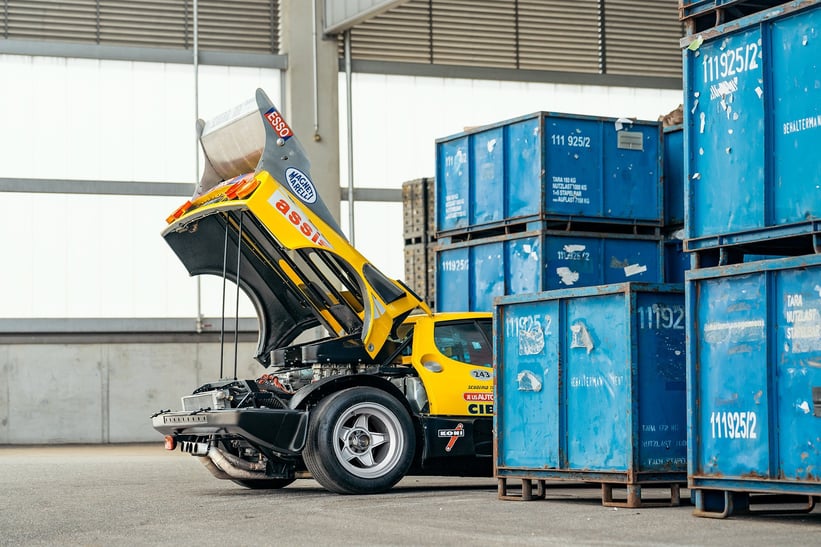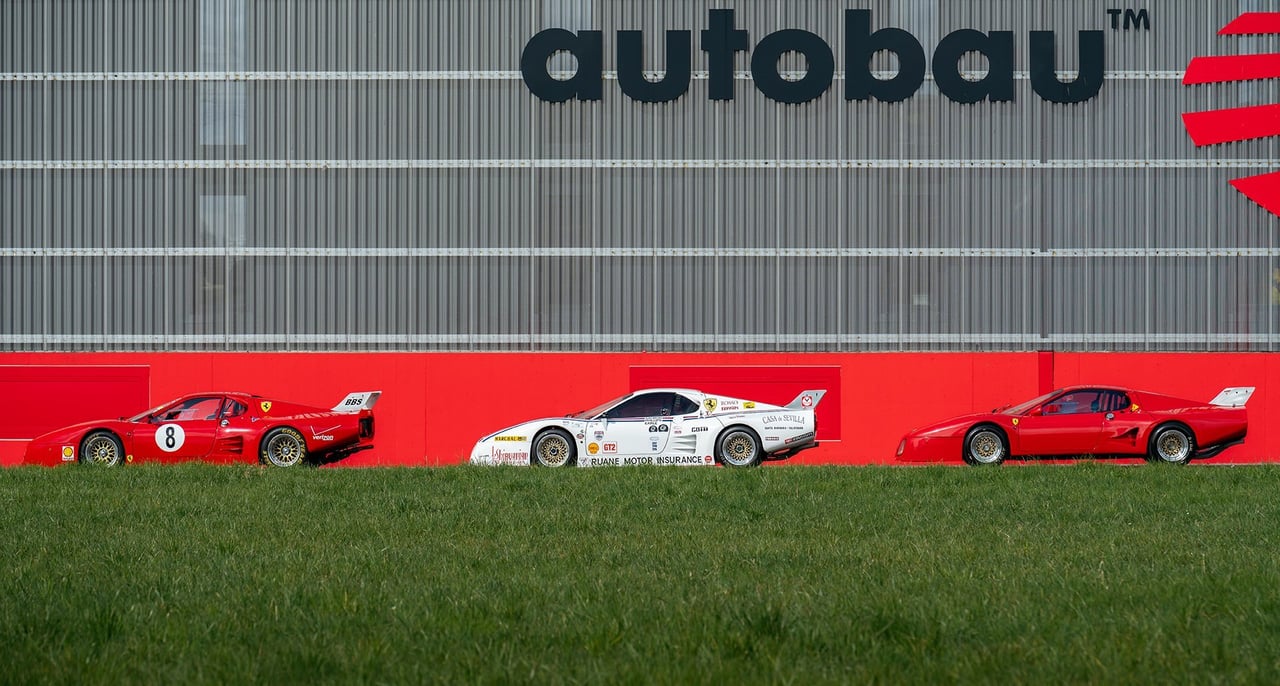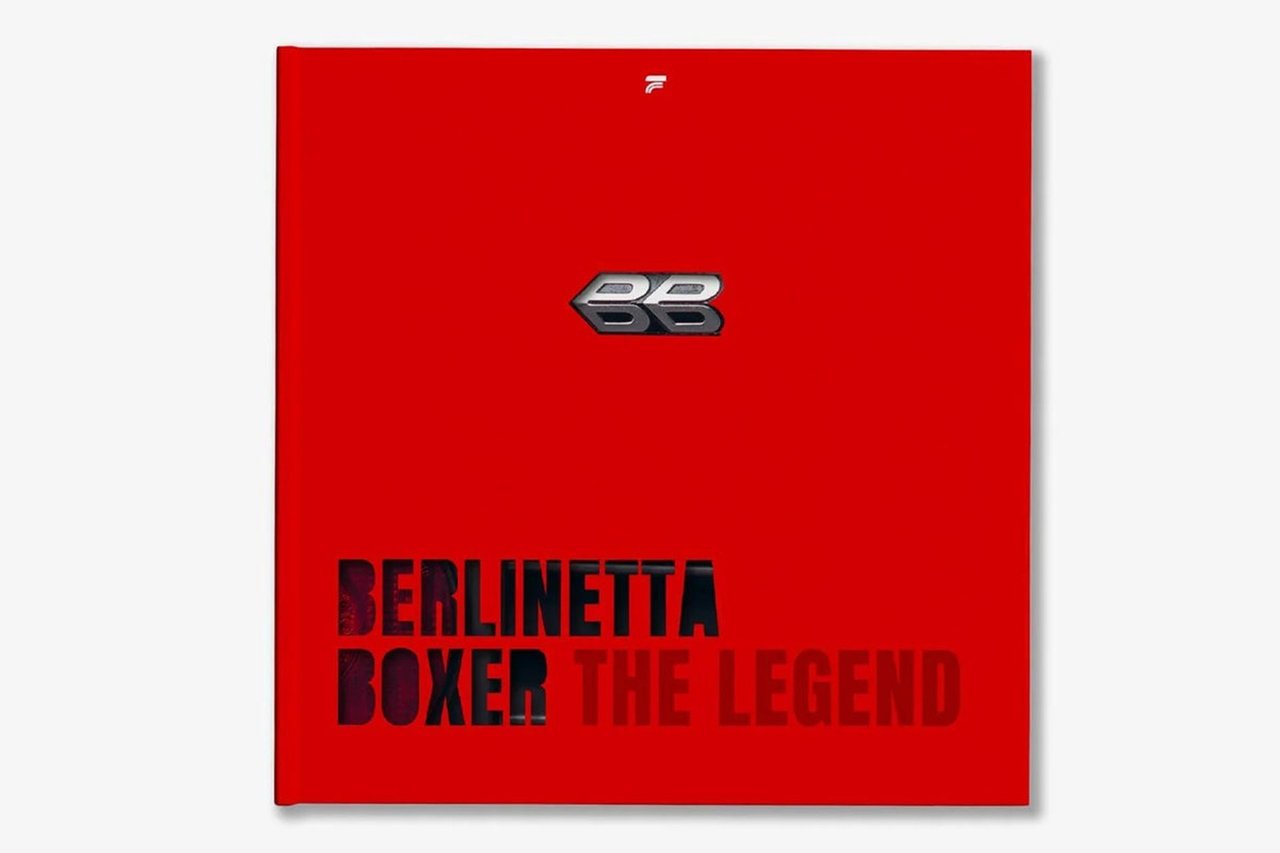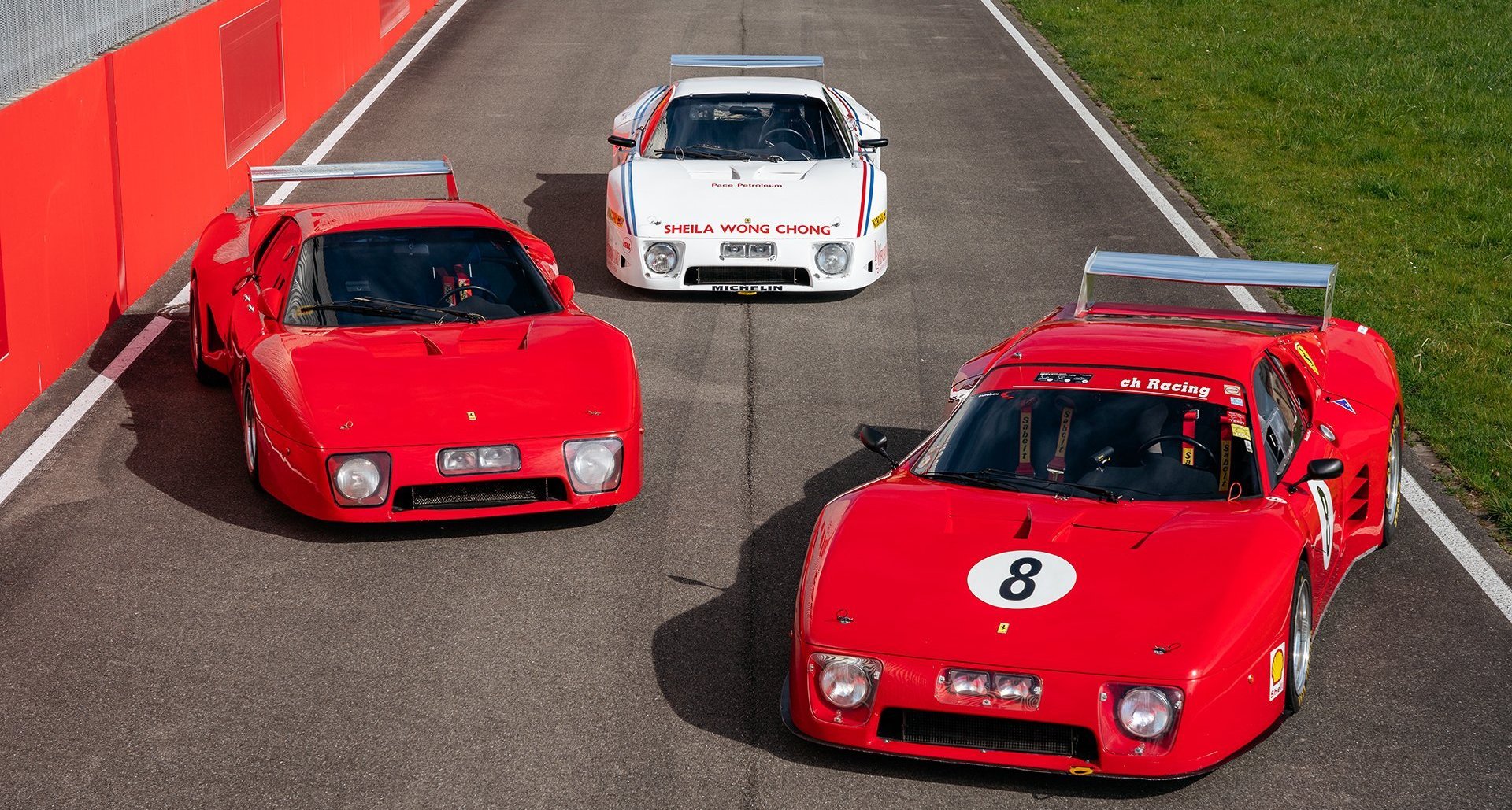
The classic car world would have been a different place were it not for the Italian entrepreneur, racer and Ferrari-o-phile Luigi Chinetti. As regular Classic Driver readers will know, he was the Italian emigre whose friendship with Enzo Ferrari – struck-up when the pair worked for Alfa Romeo – led to him becoming America’s first importer of Prancing Horses and the founder of the North American Racing Team (NART).
Chinetti’s work in building the Ferrari brand in the U.S. created a long and important chapter in the marque’s history, and the exploits of the NART added a significant strand to its competition pedigree. And – as Danielle Buzzonetti explains in his definitive book about the 512BB, ‘Berlinetta Boxer – the Legend’ – Ferrari’s answer to the Lamborghini Miura might have only ever been a high-performance, continent-crushing cruiser were it not for Chinetti’s belief that it could be a racer, too.



As a 12-times Le Mans entrant and three-times winner, Chinetti saw the potential in upgrading the BB to be developed into a competitive endurance machine within a year of the production car going on sale. Envisioning a replacement for the team’s successful but ageing Daytonas, Chinetti created the NART’s first race-ready 365 GT4 BB in 1974.
The car made its debut at Daytona in spring 1975 and achieved its first notable place a month later in the 12 Hours of Sebring, where co-drivers Milt Minter and Eppie Wietzes clocked-up 215 laps to cross the line sixth. NART gradually upgraded and improved its racing BBs for the next three years, before Ferrari itself began to see potential in creating a more extreme racing variant directly out of Modena.



Initially, the ‘customer assistance department’ modified four cars for privateer use in 1978, giving them wider arches to accommodate considerably fatter wheels, roof-mounted aerofoils and even rear wings plucked from the 312 T2 F1 cars driven to championship victories by Nikki Lauda and Clay Regazzoni. With power upgraded to 440 horsepower and weight trimmed by a useful 300 kilos to tip the scales at 1.2 tonnes, the first, factory-developed BB LMs looked competitive on paper – but none of the four entered for the 1978 Le Mans 24 Hours stayed the course.

The best performer was that of JMS Racing, which held out for a tantalising 22 hours before retiring with engine trouble; the second JMS team car lasted 18 hours before being knocked-out in an accident; Chinetti’s own car broke down after 19 hours; and Jean Blaton’s ‘Beurly’s’ team gave-up after five hours with a broken gearbox.



Undeterred, Ferrari quickly set about modifying the BB in a far more radical way, calling on design house Pininfarina to create new, wind tunnel-developed bodywork that made the car impossible to recognise as being a road-going BB beneath the skin. The pop-up headlamps were removed in favour of units fixed into the car’s front spoiler, the tail was extended by 41cm and topped with a wing and the standard triple weber carburettor set-up was ditched in favour of fuel injection (which later became standard on the road cars, hence the ‘BBi’ name plate).



An initial nine cars were built in 1979, followed by a further 16 from 1980 to 82, but only in 1981 did a BB LM truly shine in the race for which it was designed. That was the year when no fewer than five examples lined-up on the grid, including the very last BB LM built, which was driven under the banner of privateer Simon Phillips but retired after 12 hours with gearbox trouble.

Three other BBs also failed to finish (including the NART entry) but the car campaigned by Belgium’s Rennod Racing crossed the line an impressive ninth overall, while the one entered by the French team of Charles Pozzi proved the BB LM’s potential by taking fifth place overall and winning the IMSA GTX class.

All in all, then, the BB LM’s transition from high-speed cruiser to racing machine could not be described as a glorious success. However, nor was it an abject failure – and had Chinetti not been inspired to give it a chance in the first place, the story of Ferraris on-track during the 1970s and 1980s would surely have been a whole lot less colourful.

Berlinetta Boxer – The Legend
The book 'Berlinetta Boxer – The Legend’ is available to buy in the CD Shop, while the perfect Ferrari Berlinetta Boxer is waiting for you in the Classic Driver Market. We recommend to move fast as there will be a FuoriConcorso tour to celebrate the BB anniversary in the coming autumn. So, in words that any carburettor-fed BB owner will be familiar with: stay tuned…













































